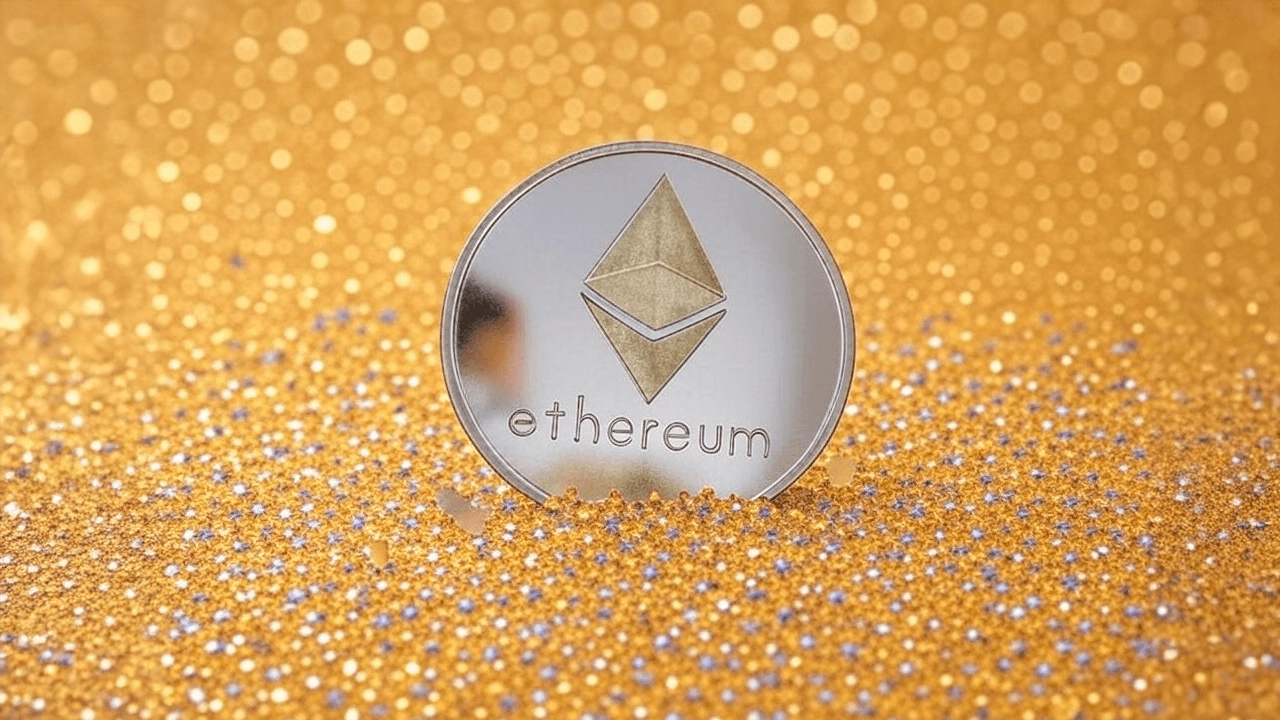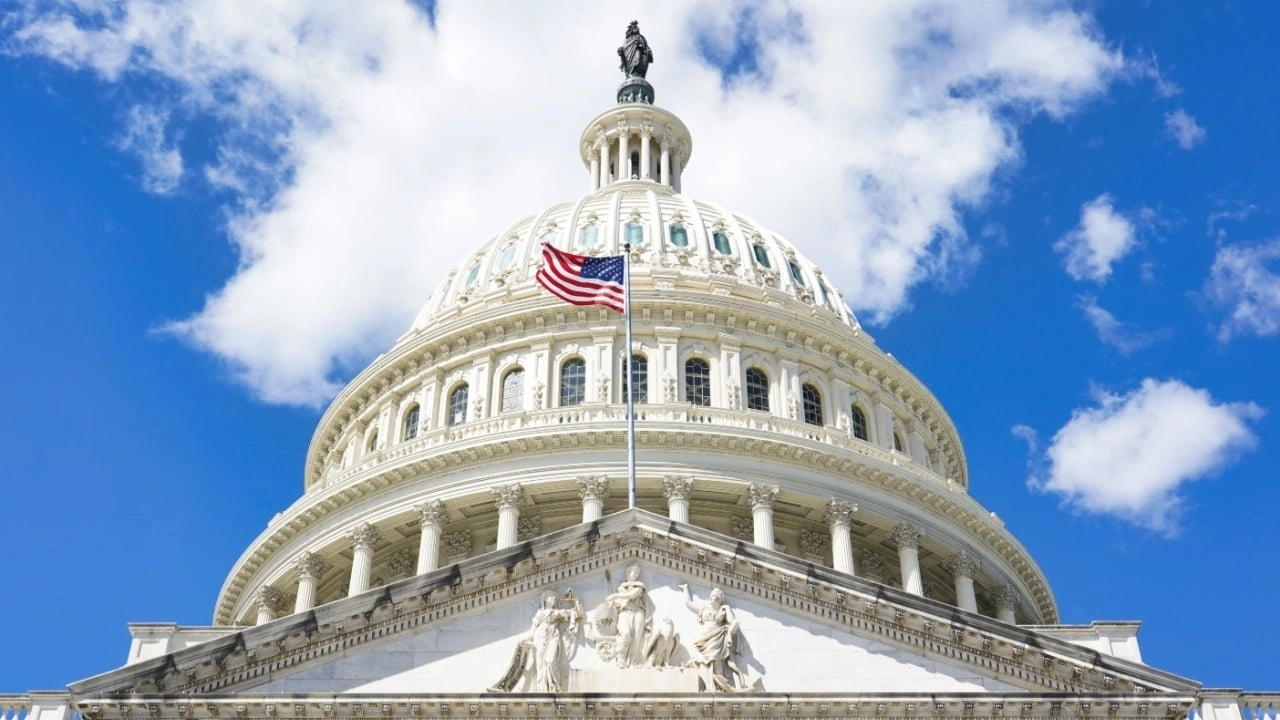Cartesi Founder: Optimistic Rollups Remain Crucial to Ethereum Scaling, Despite Fading Hype
Optimistic Rollups remain a crucial scaling solution for layer one blockchains, despite the recent hype around newer technologies. Industry experts, including Cartesi co-founder Felipe Argento, emphasize optimistic rollups’ continued dominance in the layer-two (L2) landscape.

Optimistic Rollups Fundamental to Multi-Layer Blockchain Infrastructure
Optimistic Rollups (OR), once hailed as a revolutionary scaling solution for layer one (L1) blockchains, have seen their spotlight somewhat dim in recent months. However, according to industry experts, their significance remains paramount, with data backing their continued dominance in the layer two (L2) ecosystem.
Felipe Argento, Co-Founder of Cartesi, a platform focusing on application-specific rollups, emphasizes the enduring role of ORs. “The overwhelming majority of TVL (Total Value Locked) on L2 solutions is still secured by Optimistic Rollups,” Argento states. “This statistic alone demonstrates that they remain a fundamental part of the multi-layer blockchain infrastructure.”
Argento’s observation aligns with reports that show ORs continue to maintain a large portion of the L2 market share. Data pulled from sources that analyze TVL in L2 solutions reinforces the fact that although other L2 solutions are emerging, that optimistic rollups, remain a giant in the sector.
The Cartesi co-founder attributes the perception of fading hype to the inherent challenges of blockchain development. “Unfortunately, generating hype is far easier than writing robust, production-level code, which continues to be a persistent issue in our industry,” he notes. This reality means that flashy, less mature technologies can sometimes capture public attention, overshadowing the steady progress of established solutions like ORs.
However, Argento, who also serves as the Cartesi Foundation Advisor, insists Optimistic Rollups (ORs) remain, and will continue to be, a fundamental tool in scaling Ethereum. His assertions are supported by a Chainalysis article comparing ORs and zero-knowledge (ZK) rollups. According to data in the Sept. 10, 2024, article, the total value locked (TVL) bridged between Optimistic Rollups and Ethereum was approximately $186.4 billion, compared to $20.8 billion for ZK-rollups.
Similarly, data from Dune Analytics shows that while the TVL of Optimistic Rollups dropped from an August 2024 high of more than $12 billion to approximately $6.55 billion by Feb. 10, 2024, it was still 15 times greater than that of ZK-rollups. This appears consistent with Argento’s assertion that ORs remain dominant despite losing “mindshare to solutions that are essentially pipe dreams or distant promises.”
Full Onchain AI Implementation Remains Challenging
Meanwhile, Argento claims Cartesi’s technology is the only one that allows Linux to run onchain, enabling developers to use familiar programming tools for blockchain applications compatible with Ethereum. He told Bitcoin.com News that the technology underpins two products: Cartesi rollups, which support stateful applications, and Cartesi coprocessors, which handle stateless computation. These coprocessors offload complex tasks from Solidity smart contracts, enhancing efficiency and security, and allowing applications to remain primarily on layer one (L1).
Turning to the burgeoning intersection of artificial intelligence (AI) and cryptocurrency, which promises to yield groundbreaking solutions, Argento urged caution. He argues that implementing these technologies onchain may encounter considerable technical hurdles that undermine their prospects. He explained:
Running AI fully onchain remains quite challenging from a technical perspective. Most projects encounter two major issues when attempting to transition from hype or narrative into real-world implementation: compatibility and scalability.
Argento’s perspective aligns with his earlier emphasis on the importance of robust, production-level code over fleeting narratives. He argues that many projects combining AI and crypto struggle to bridge the gap between theoretical concepts and practical applications.
When asked about the perceived risk posed by L2 chains to native chains, the Cartesi co-founder said blockchain software development, particularly for L2 solutions, demands extreme caution and rigorous testing. This is sensible given the immense responsibility of managing financial assets.
He also highlights the importance of minimizing new trust assumptions, aiming for solutions that rely only on the fundamental requirement of at least one honest actor. Furthermore, he argues that leveraging proven, “battle-tested” Web2 software can enhance security by avoiding the risks associated with reinventing established tools.
Argento concludes that with careful development and a focus on minimizing additional trust requirements, L2 solutions do not inherently create security liabilities. Instead, they can potentially improve overall security by integrating robust, existing software.
Acting SEC Chair Rejects Enforcement, First US Bank-Issued Stablecoin, and More — Week in Review
Acting SEC chair rejects enforcement, first US bank-issued stablecoin, Bitcoin’s four-year cycle at crossroads, and more in this Week in Review.

Week in Review
Acting SEC Chair Uyeda called for clear rulemaking over enforcement to provide much-needed guidance to the industry. The first U.S. bank-issued stablecoin on a permissionless blockchain—Ethereum—has launched. Bitcoin’s price remains relatively flat, igniting debate about whether the traditional four-year halving cycle still holds predictive power. A new survey shows 76% of U.S. investors plan to increase their crypto ETF holdings. Finally, the Senate voted overwhelmingly to repeal an IRS rule targeting DeFi developers, with the bill now awaiting Trump’s signature
Acting SEC Chair Rejects Enforcement—Demands Real Crypto Rules

The acting SEC chair urged rulemaking over enforcement to clarify crypto regulations and avoid courtroom confusion… read more.
Editor’s comment: Businesses and potential businesses will love Uyeda’s message to embrace formal rulemaking and clear guidance.
First US Bank-Issued Stablecoin on Permissionless Blockchain Goes Live

First-ever tokenization of U.S. dollar bank deposits on Ethereum signals a seismic shift in traditional finance, with… read more.
Editor’s comment: Imagine a future where fully reserved stablecoins (backed by 1:1 U.S. dollar demand deposits) are issued, transferred, and redeemed for bank customers in a completely regulatory compliant way. This is the start of that.
Bitcoin’s Four-Year Cycle at Crossroads: Is the Halving Rally Dead?

Bitcoin’s price held steady on Thursday, fueling a spirited debate among analysts about the fate of its once-reliable four-year… read more.
Editor’s comment: The graph “Bitcoin Price After Halvings” in the above article seems to paint a make-or-break moment for the current cycle.
Survey Says 76% of US Investors Plan to Boost Crypto ETF Holdings in Coming Year

Financial services firm Brown Brothers Harriman (BBH) published the results of its 2025 Global ETF Investor Survey on… read more.
Editor’s comment: This brief article is a good reminder that spot bitcoin ETFs are still a very new product, and it’s likely they will become more popular, not less.
Crypto Rule Repeal Hits Trump’s Desk—Massive Regulatory Rollback Imminent

The Senate voted 70-28 to crush an IRS rule targeting DeFi developers, delivering a sweeping crypto victory… read more.
Editor’s comment: Once Trump signs this, let’s hope Congress and Trump get the stablecoin legislation passed.
Tags in this story
Image Credits: Shutterstock, Pixabay, Wiki Commons



